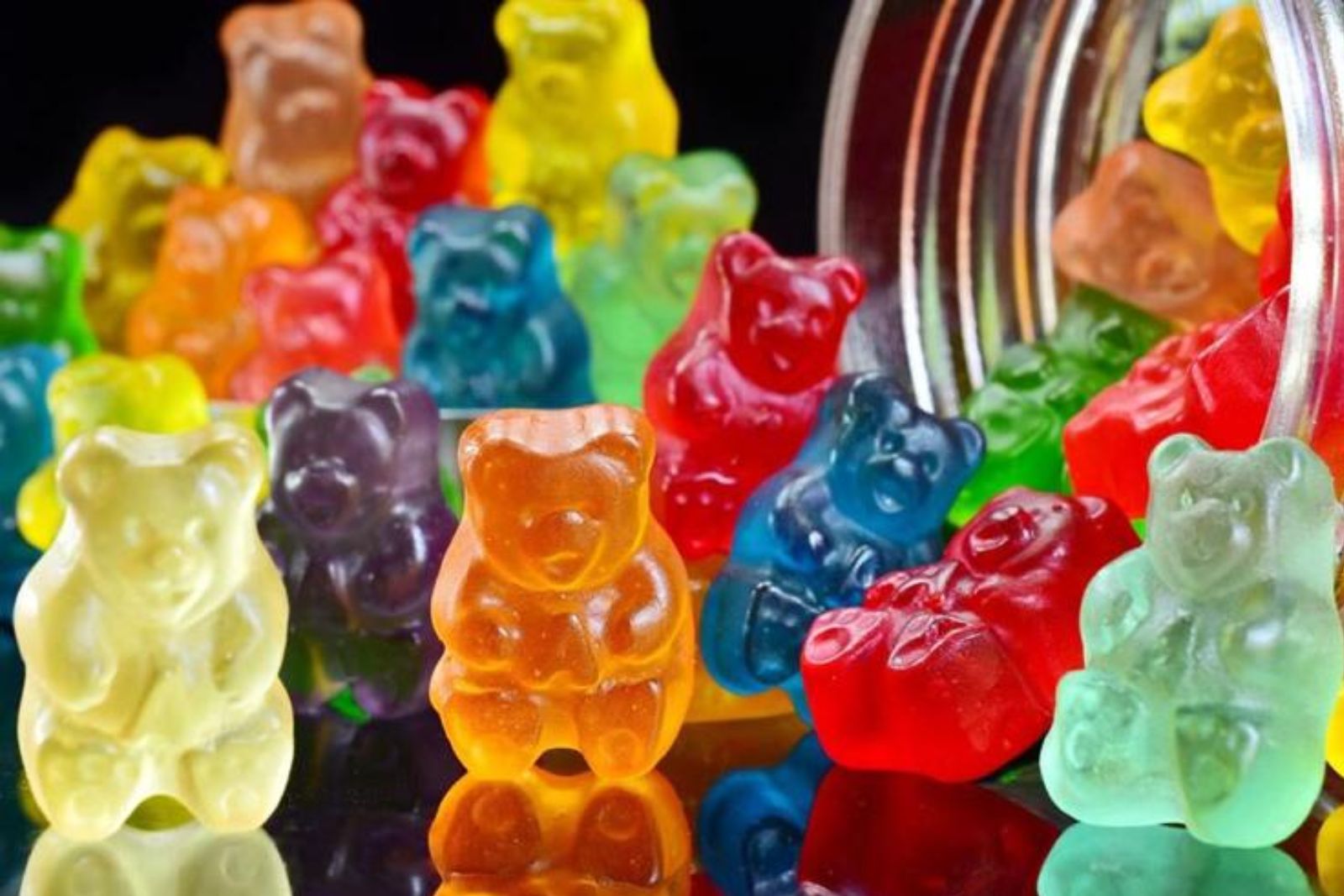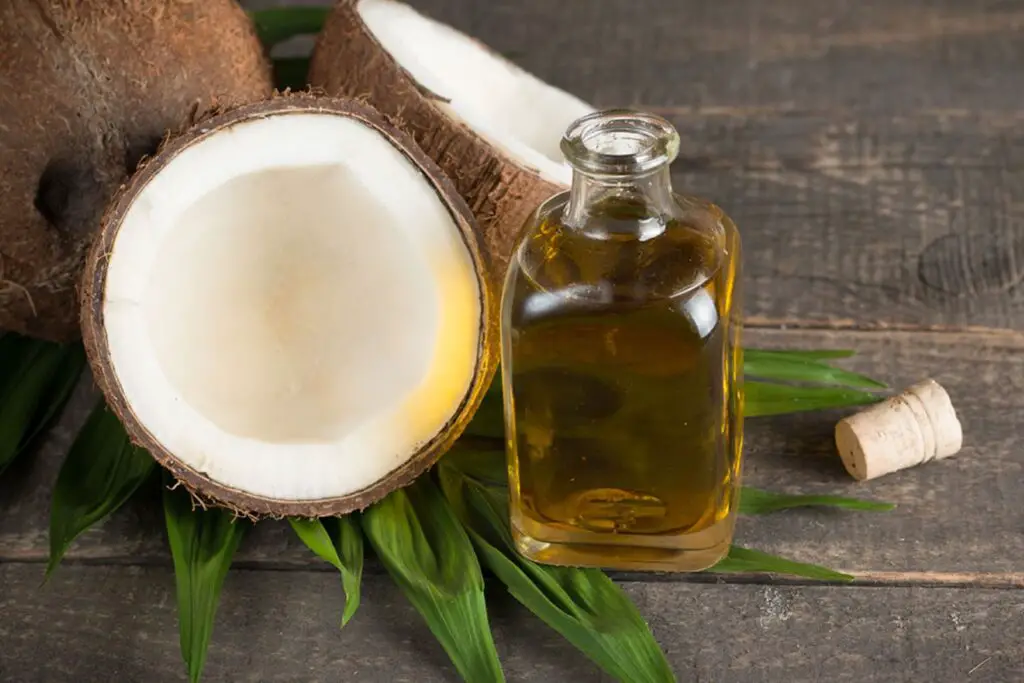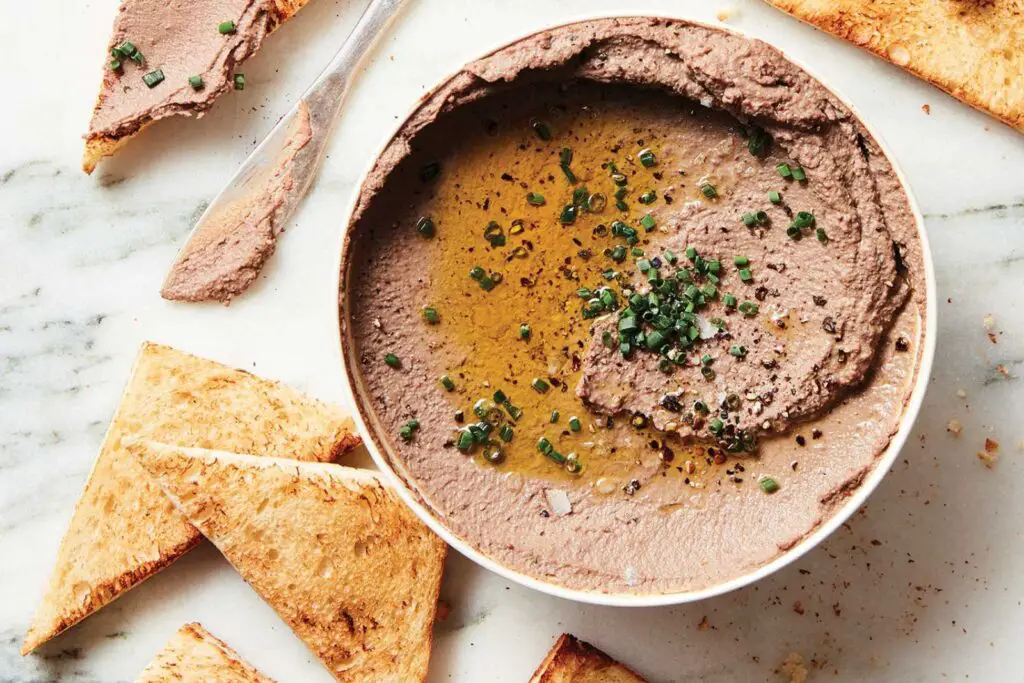
Edible gummies, the delightful and chewy treats enjoyed by both children and adults, are a popular choice for satisfying sweet cravings. With their vibrant colors, fruity flavors, and playful shapes, edible gummies offer a fun and tasty experience. Whether in the form of bears, worms, or other whimsical designs, these chewy candies bring a burst of joy to snack time. To extend their shelf life and enjoy them at your convenience, freezing edible gummies can be a practical solution.
Freezing edible gummies not only helps preserve their texture and flavors but also ensures that you have a stash of these delightful treats on hand whenever you desire a sweet indulgence. In this guide, we will explore the best methods for freezing edible gummies, ensuring that you can savor their chewiness and enjoy these beloved candies whenever your sweet tooth calls, whether it’s a quick pick-me-up or a playful treat for special occasions.
Here’s a guide on how to freeze edible gummies:
Step 1: Allow the edible gummies to cool down
When preparing to freeze edible gummies, it is essential to allow them to cool down completely before placing them in the freezer. Cooling the gummies is a crucial step in the freezing process as it helps prevent the formation of excess moisture, which can lead to undesirable outcomes such as freezer burn and compromised texture and taste.
When gummies are warm or hot and placed directly in the freezer, the temperature difference between the interior and exterior can cause condensation to form on the surface. This excess moisture can result in freezer burn, which manifests as dry, discolored patches on the gummies and alters their taste and texture.
By allowing the gummies to cool down at room temperature, the moisture content within them is more likely to reach equilibrium. This equilibrium reduces the risk of condensation forming during the freezing process, thereby preserving the gummies’ original texture and flavor.
During the cooling process, it is crucial to avoid exposing the gummies to humid environments or placing them in airtight containers prematurely. This precaution ensures that any residual heat is dissipated, and the gummies can cool evenly without trapping excess moisture. Allowing the gummies to cool down completely sets the foundation for successful freezing, helping to maintain their quality and ensuring a delightful treat when they are eventually consumed.
Step 2: Prepare the edible gummies for freezing
When preparing edible gummies for freezing, you have the choice to either freeze them as a whole or cut them into smaller portions. This decision depends on personal preference and convenience. Cutting the gummies into smaller pieces offers several advantages when it comes to freezing and subsequent consumption.
Using a clean, sharp knife to cut the gummies ensures precision and consistency in portion sizes. Creating evenly-sized pieces facilitates easy handling and allows you to grab a desired portion when you’re ready to enjoy them later. This uniformity helps maintain portion control and prevents unnecessary waste.
By cutting the gummies into smaller portions before freezing, you also enhance their freeze-thaw process. Smaller pieces freeze and thaw more quickly and uniformly compared to larger ones. This means that when you retrieve a portion from the freezer, it will thaw more evenly and efficiently, reducing the waiting time before you can indulge in your desired quantity of gummies.
Additionally, cutting the gummies into smaller portions enables you to have greater flexibility in serving sizes. If you have guests or want to share the gummies with others, having them pre-cut allows for effortless distribution. It also makes it easier to enjoy the gummies in moderation, as you can control the number of pieces consumed at a given time.
When cutting the gummies, it is important to use a clean, sharp knife to ensure precise cuts without squishing or deforming the gummies. A sharp knife minimizes the risk of damaging the gummies’ shape and maintains their appealing appearance.
Step 3: Wrap each portion or the entire batch
This step helps protect the gummies from freezer burn and prevents unwanted freezer odors from affecting their taste. Whether you choose to wrap each gummy portion individually or wrap the entire batch together depends on personal preference and convenience.
Individually wrapping each gummy portion offers several benefits. It creates a protective barrier around each piece, shielding them from the harsh conditions of the freezer. This method also allows for easy grab-and-go convenience when you want to enjoy a single portion, without the need to thaw the entire batch. Individually wrapped portions can be stacked neatly, optimizing freezer space and organization.
To wrap the gummies, using plastic wrap is highly effective. Plastic wrap provides a tight seal that helps retain the gummies’ moisture, preventing them from becoming dry or developing freezer burn. The clingy nature of plastic wrap ensures that it adheres closely to the gummies’ surface, minimizing exposure to air and reducing the risk of ice crystals forming.
If you prefer to wrap the entire batch of gummies together, it is important to ensure that the wrapping is secure and airtight. Wrapping the batch tightly prevents air from reaching the gummies, maintaining their freshness and protecting them from freezer odors that may compromise their taste.
When wrapping the gummies, it is advisable to remove as much air as possible from the packaging. This can be achieved by pressing the plastic wrap firmly against the gummies, removing any air pockets trapped within. The absence of air helps minimize the chances of freezer burn and preserves the gummies’ original texture and flavor.
Step 4: Double-wrap with freezer-safe materials
To enhance the preservation of edible gummies during freezing and further safeguard them against freezer burn, it is recommended to double-wrap the wrapped gummies using freezer-safe materials. This additional layer of protection helps maintain the gummies’ quality and prevents the formation of ice crystals on their surface.
The process of double-wrapping involves enclosing the plastic-wrapped gummies in aluminum foil. Aluminum foil is a freezer-safe material that provides an extra barrier against moisture and air. By tightly wrapping the gummies with aluminum foil, you create a sealed environment that minimizes the risk of freezer burn and maintains the gummies’ texture and flavor.
The aluminum foil acts as a shield, protecting the gummies from external elements that can compromise their quality. It helps to prevent the gummies from drying out, maintaining their moisture content and preventing them from becoming overly firm or brittle. Additionally, the foil acts as a barrier against freezer odors, ensuring that the gummies retain their original taste.
The double-wrapping technique also plays a crucial role in preventing the formation of ice crystals on the gummies’ surface. When moisture within the gummies comes into contact with the cold air in the freezer, it can crystallize and create icy textures on the gummies. By enclosing the plastic-wrapped gummies in aluminum foil, the second layer of protection minimizes exposure to the cold air, reducing the formation of ice crystals and preserving the gummies’ smooth and enjoyable texture.
When double-wrapping, it is essential to ensure a tight seal to maintain the effectiveness of the layers. Press the aluminum foil firmly against the plastic-wrapped gummies, eliminating any gaps or openings that may allow air or moisture to penetrate.
Step 5: Label and date the package
Labeling and dating the package when freezing edible gummies is a crucial step to ensure easy identification and track the storage time. By using a marker or label sticker to clearly indicate the date of freezing, you can keep track of how long the gummies have been stored in the freezer. Additionally, mentioning the flavor or type of gummies on the label helps avoid confusion, especially if you have multiple varieties stored.
Labeling the package provides convenient information when you’re ready to enjoy the gummies. It allows you to quickly identify the frozen treats and select the flavor or type you desire. By knowing the freezing date, you can also determine the freshness and quality of the gummies.
Writing the date of freezing on the package helps you adhere to recommended storage guidelines. It allows you to monitor the duration of time the gummies have been in the freezer, ensuring they are consumed within the appropriate time frame. This information is particularly important if you want to maintain the best texture, taste, and overall quality of the gummies.
In addition to the freezing date, specifying the flavor or type of gummies on the label helps avoid mix-ups or confusion. If you have different varieties of gummies stored in the freezer, clearly labeling each package prevents any guessing or uncertainty when selecting the desired flavor. This simple step ensures that you can quickly and easily find the gummies you’re craving without any guesswork.
When labeling the package, it’s important to use a marker or label sticker that is resistant to moisture and won’t smudge or fade over time. Place the label in a visible location on the package to make it easily identifiable, even when stacked with other frozen items.
Step 6: Store the wrapped gummies in the freezer
The final step of the freezing process is putting them in the freezer. Choosing the right storage location within the freezer and maintaining the appropriate temperature is essential for preserving the quality of the gummies.
When selecting a spot in the freezer, opt for a flat surface where the wrapped gummies can rest undisturbed. Ensure that there is enough space to accommodate the packages without overcrowding or squishing them. This prevents any deformation or damage to the gummies during the freezing process.
Maintaining the proper temperature is crucial for the successful freezing and preservation of the gummies. Set the freezer temperature to 0°F (-18°C) or below. This low temperature ensures that the gummies freeze evenly and remain in a stable state throughout their storage period. By maintaining a consistently cold environment, the gummies retain their texture, taste, and overall quality.
It is important to note that freezing gummies at temperatures above 0°F (-18°C) can lead to slower and uneven freezing, which may negatively affect their texture and taste. Therefore, it is recommended to adhere to the recommended temperature range to achieve optimal results.
When placing the wrapped gummies in the freezer, avoid stacking them on top of one another or placing heavy items on top. This helps prevent any unnecessary pressure on the gummies, ensuring that they maintain their original shape and texture.
How long can I store frozen edible gummies?
Frozen edible gummies can be stored for up to six months without a significant loss in quality. Properly wrapped and stored in a freezer set at 0°F (-18°C) or below, they can maintain their texture, flavor, and overall appeal for an extended period. Remember to label and date the packages for easy identification and consume them within the recommended storage time for the best experience.
Other related questions
How do I thaw frozen edible gummies?
To thaw frozen edible gummies, transfer them from the freezer to the refrigerator and let them melt slowly. This gradual thawing process helps retain their texture and flavor. Leave them in the refrigerator for several hours or overnight until fully thawed. Avoid using heat or microwaving, as it can cause the gummies to become mushy or lose their shape. Once thawed, the gummies are ready to be enjoyed at their best.
Can I refreeze edible gummies that have been previously frozen?
It is generally not recommended to refreeze edible gummies that have been previously frozen. Each time you freeze and thaw gummies, their texture and quality can be compromised. Repeated freezing and thawing can lead to changes in texture, loss of moisture, and potential degradation of flavor. To maintain the best quality, it is advisable to consume gummies after the initial freezing, rather than attempting to refreeze them.
How do I know if my frozen edible gummies have gone bad?
To determine if frozen edible gummies have gone bad, consider their appearance, texture, and smell. If the gummies have developed an unusual color, become discolored, or appear slimy, it may indicate spoilage. Check for any changes in texture, such as excessive softness or hardness. Additionally, a noticeable off-putting odor or a rancid smell could be a sign of spoilage. Trust your senses and if anything seems off, it’s best to discard them to ensure your safety and enjoyment.
Can I use frozen edible gummies with the new ones?
Yes, you can use frozen edible gummies with new ones. When combining frozen and fresh gummies, ensure that the frozen ones are thawed before incorporating them. Thawing allows them to regain their original texture and makes it easier to mix them with the new ones. However, keep in mind that frozen gummies might be slightly softer in texture after thawing. Mixing them with fresh gummies adds variety and allows you to enjoy both without any significant impact on taste or quality.
Can I freeze sugar-free edible gummies?
Yes, you can freeze sugar-free edible gummies. Sugar-free gummies can be frozen in the same way as regular gummies. Properly wrap them tightly in plastic wrap and then double-wrap with aluminum foil to prevent freezer burn. Ensure the gummies are stored in a freezer set at 0°F (-18°C) or below. Freezing sugar-free gummies can help extend their shelf life and maintain their texture and flavor. Just be sure to check the packaging or manufacturer’s instructions for any specific recommendations regarding freezing.








